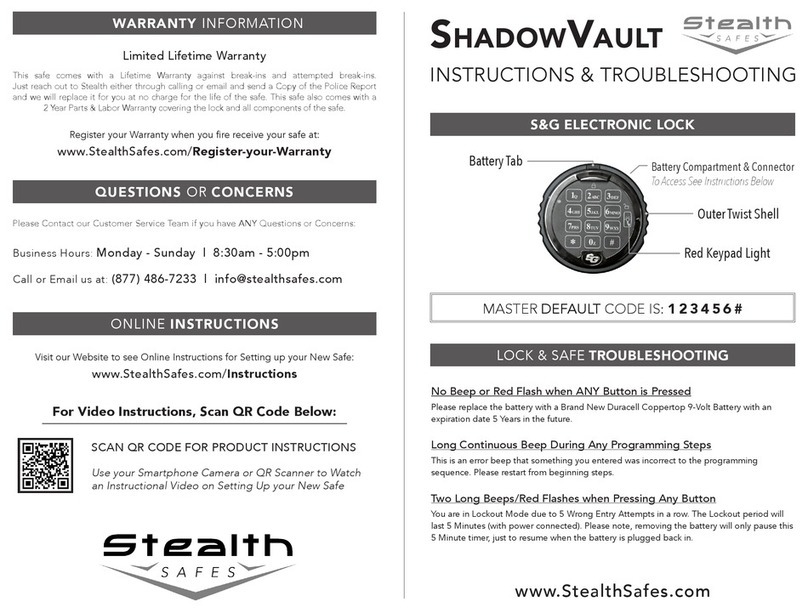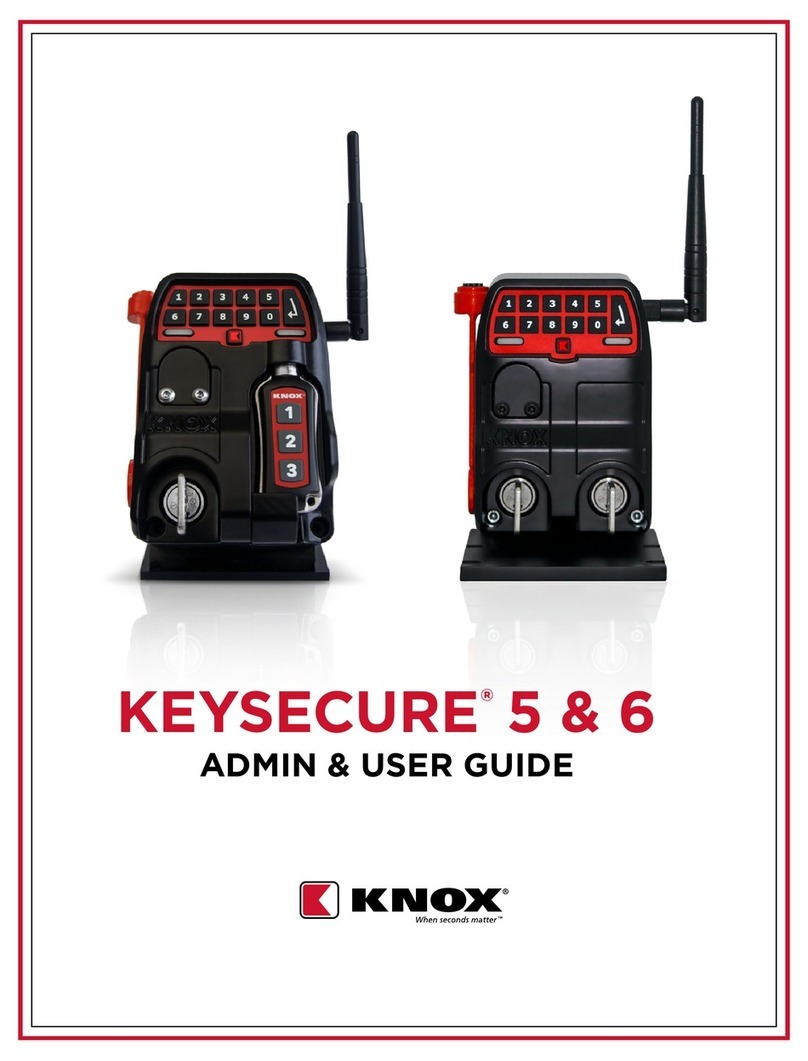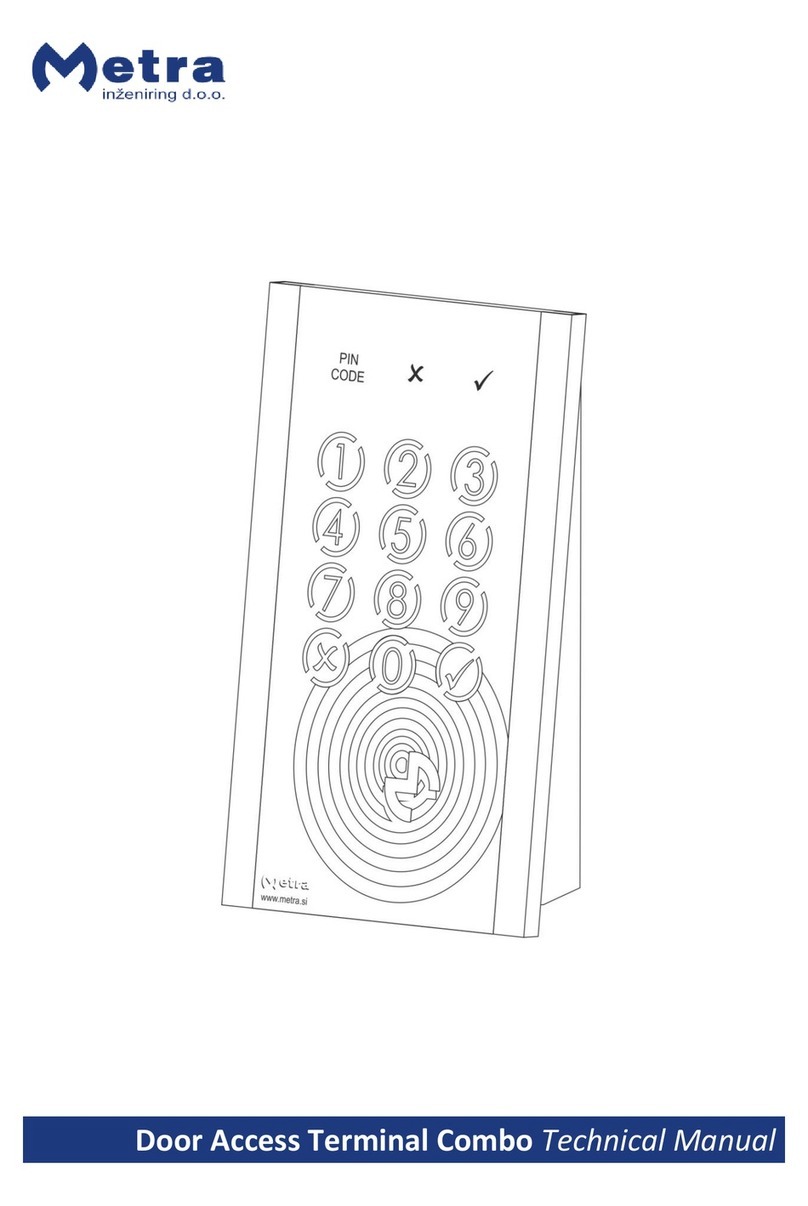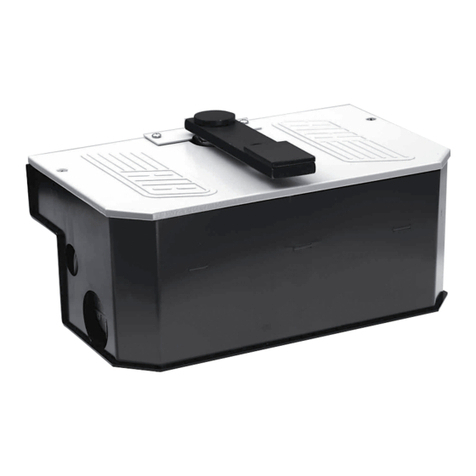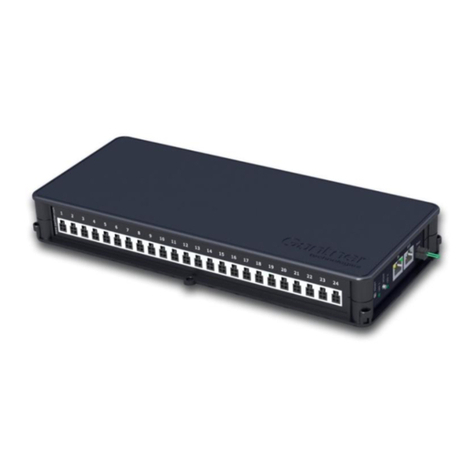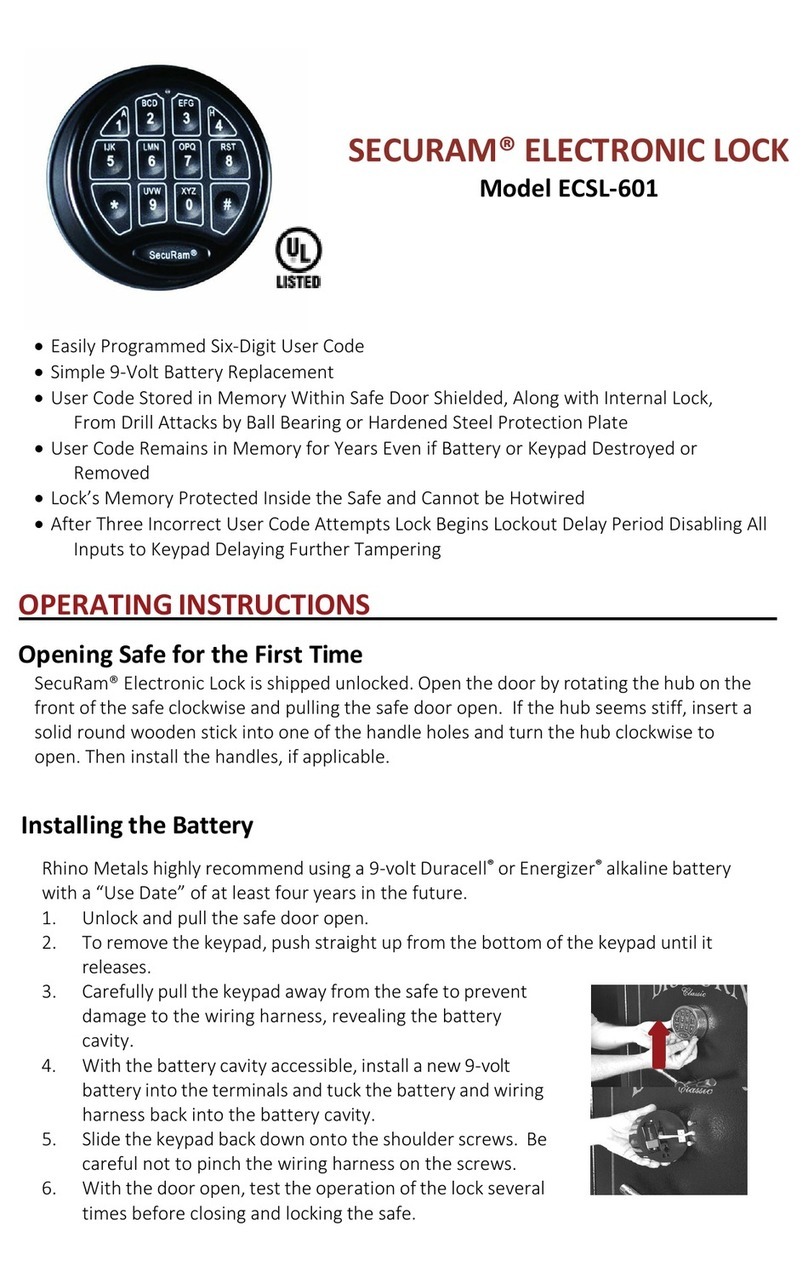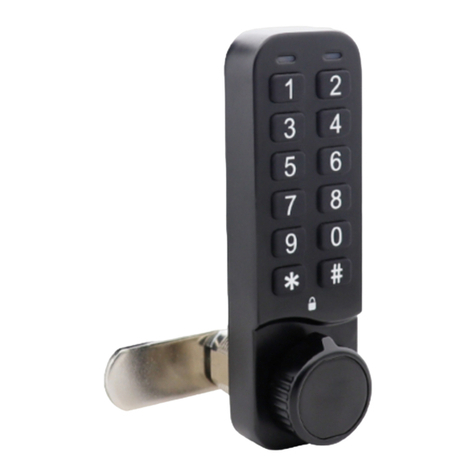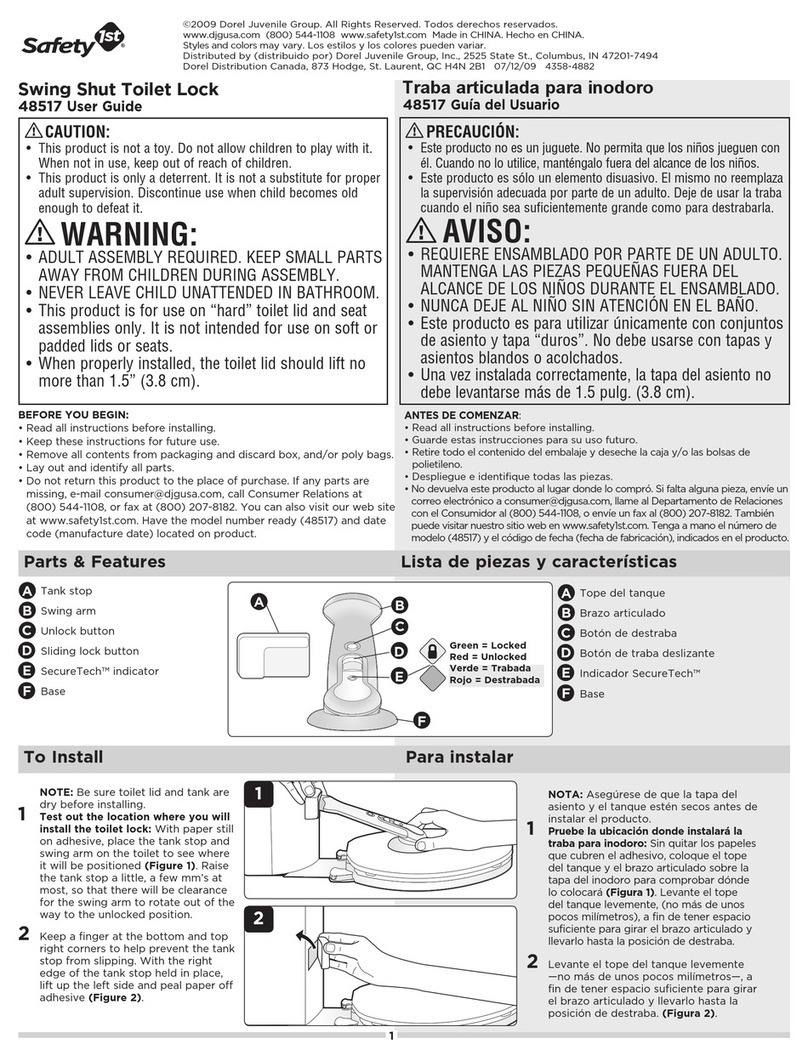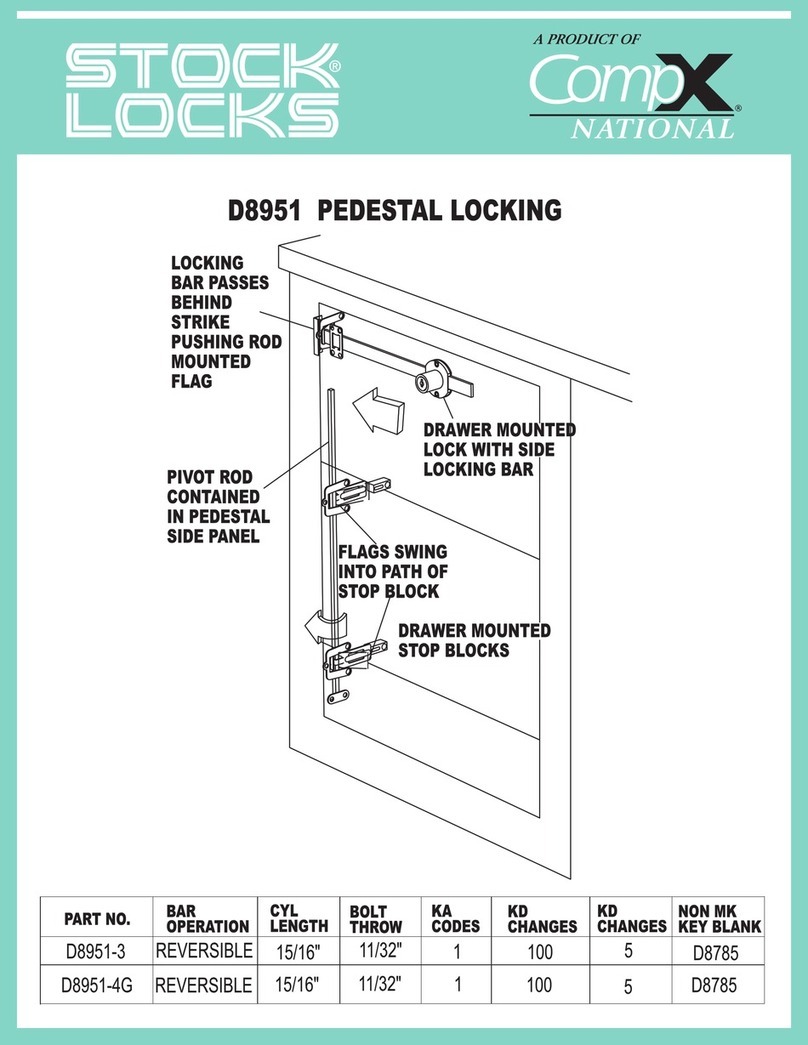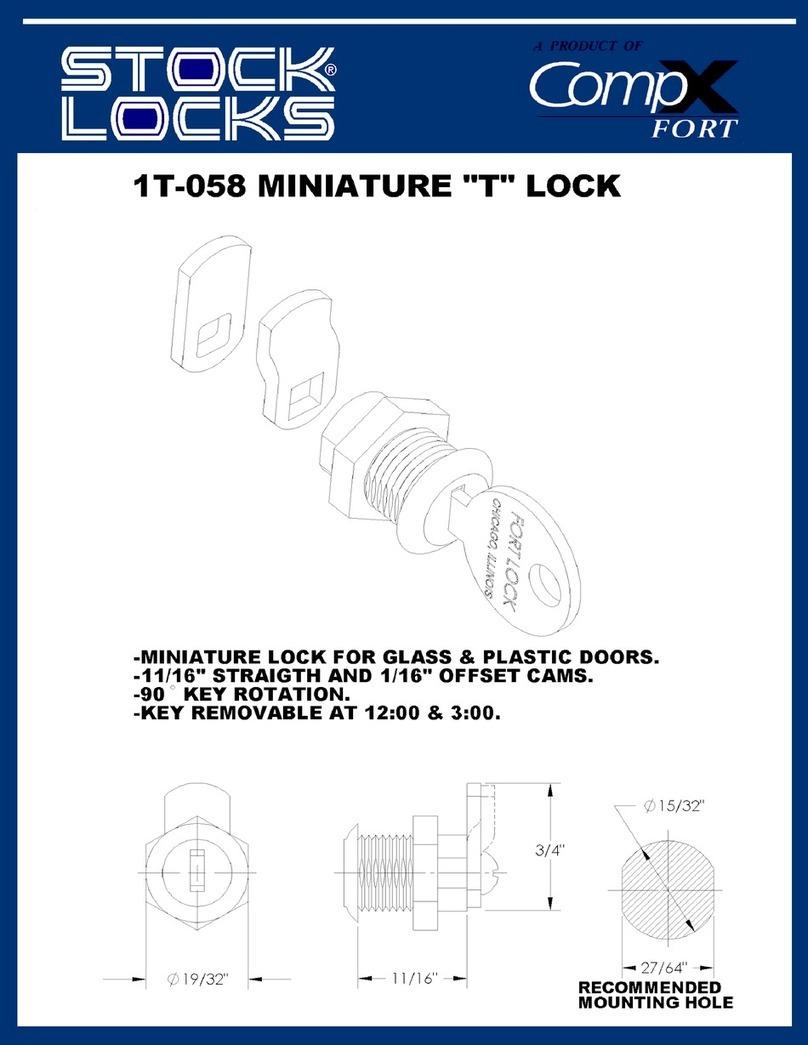
www.energyabsorption.com Revision B December 2013
www.highwayguardrail.com 5 All rights in copyright reserved
Safety Symbols
This section describes the safety symbols that appear in this Alpha 70K TMA®Manual. Read
the Manual for complete safety, assembly, operating, maintenance, repair, and service
information.
Symbol Meaning
Safety Alert Symbol: Indicates Danger, Warning, or Caution. Failure to read
and follow the Important, Danger, Warning, or Caution indicators could result in
serious injury or death to the workers and/or bystanders.
Warnings and Cautions
Read all instructions before assembling, maintaining, or repairing the Alpha 70K TMA®system.
Warning: Do not assemble, maintain, or repair the Alpha 70K TMA®system
until you have read this Manual thoroughly and completely understand it. Ensure
that all Warnings, Cautions, and Important Statements within the Manual are
completely followed. Please call Energy Absorption Systems at (888) 323-6374 if
you do not understand these instructions. Failure to follow this warning could
result in serious injury or death in the event of a collision.
Warning: Safety measures incorporating appropriate traffic control devices
specified by the highway authority must be used to protect all personnel while at
the assembly, maintenance, or repair site. Failure to follow this warning could
result in serious injury or death in the event of a collision.
Warning: Use only Energy Absorption Systems parts that are specified herein
for the Alpha 70K TMA®for assembling, maintaining, or repairing the Alpha 70K
TMA®. Do not utilize or otherwise comingle parts from other systems even if
those systems are other Energy Absorption Systems or Trinity Highway Products
systems. Such configurations have not been tested, nor have they been
accepted for use. Assembly, maintenance, or repairs using unspecified parts or
accessories is strictly prohibited. Failure to follow this warning could result in
serious injury or death in the event of a vehicle impact with an UNACCEPTED
system.
Warning: Do NOT modify the Alpha 70K TMA®system in any way. Failure to
follow this warning could result in serious injury or death in the event of a
collision.
Warning: Ensure that the Alpha 70K TMA®system and delineation used meet
all federal, state, specifying agency, and local specifications. Failure to follow this
warning could result in serious injury or death in the event of a collision.
Warning: Ensure that your assembly meets all appropriate Manual on Uniform
Traffic Control Devices (MUTCD) and local standards. Failure to follow this
warning could result in serious injury or death in the event of a collision. Any
reflectivity of this system must comply with the plans and specifications or other
applicable regulations of the highway authority to determine the type of
reflectivity required.

